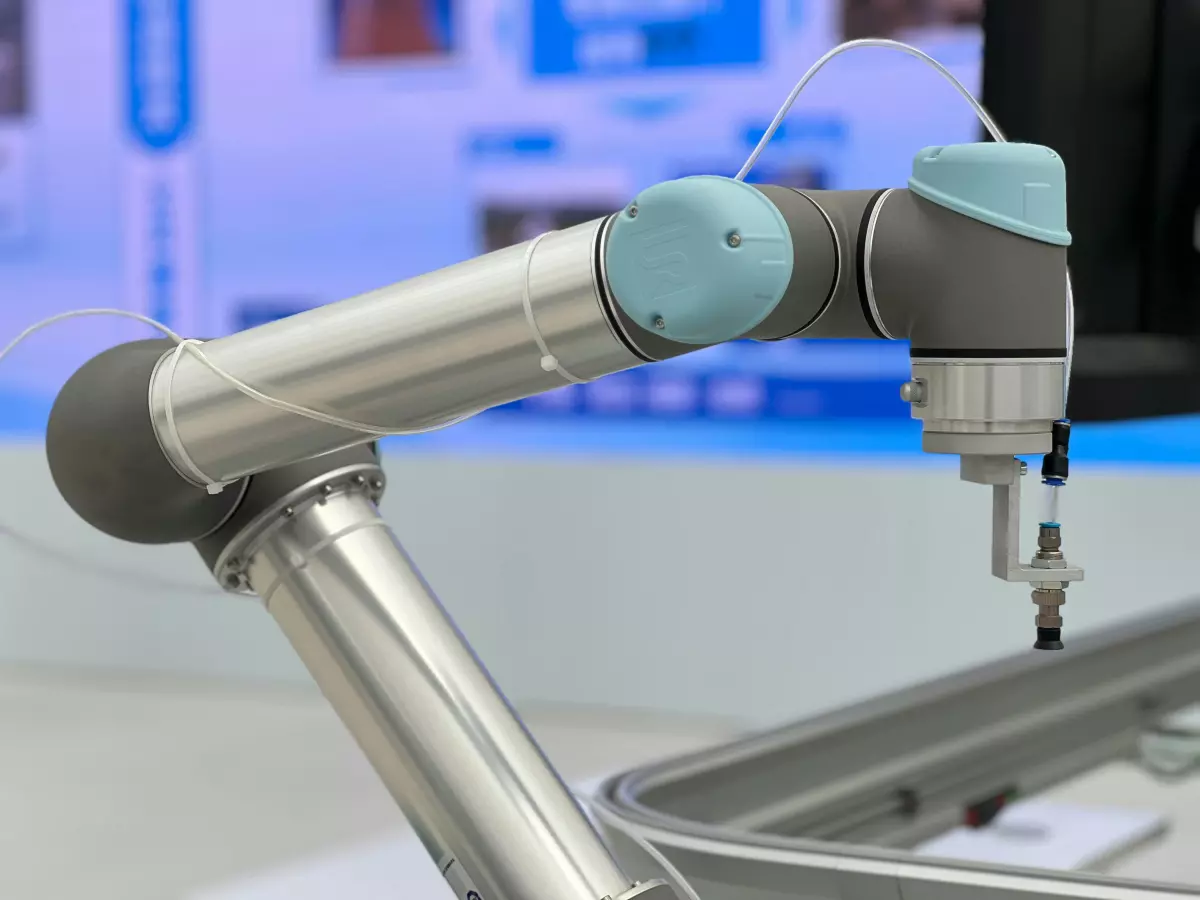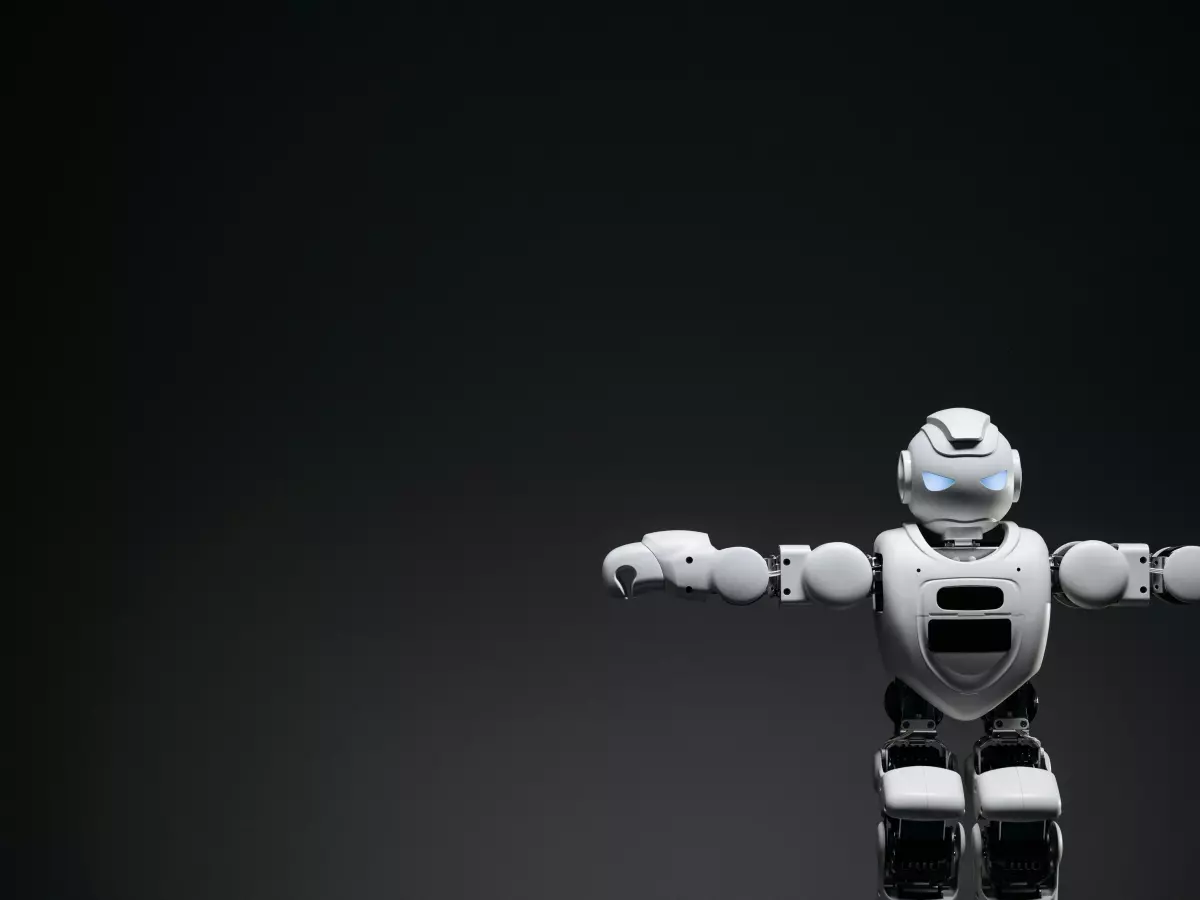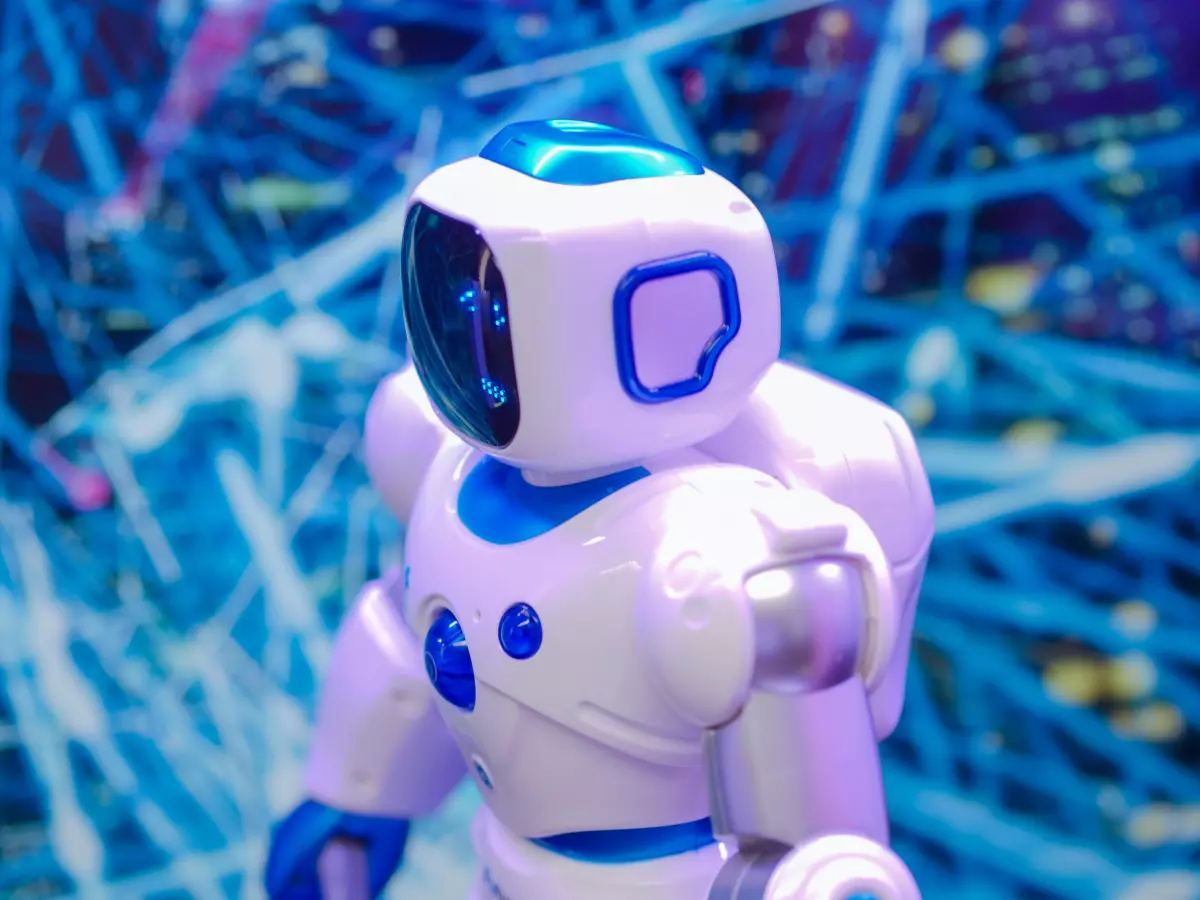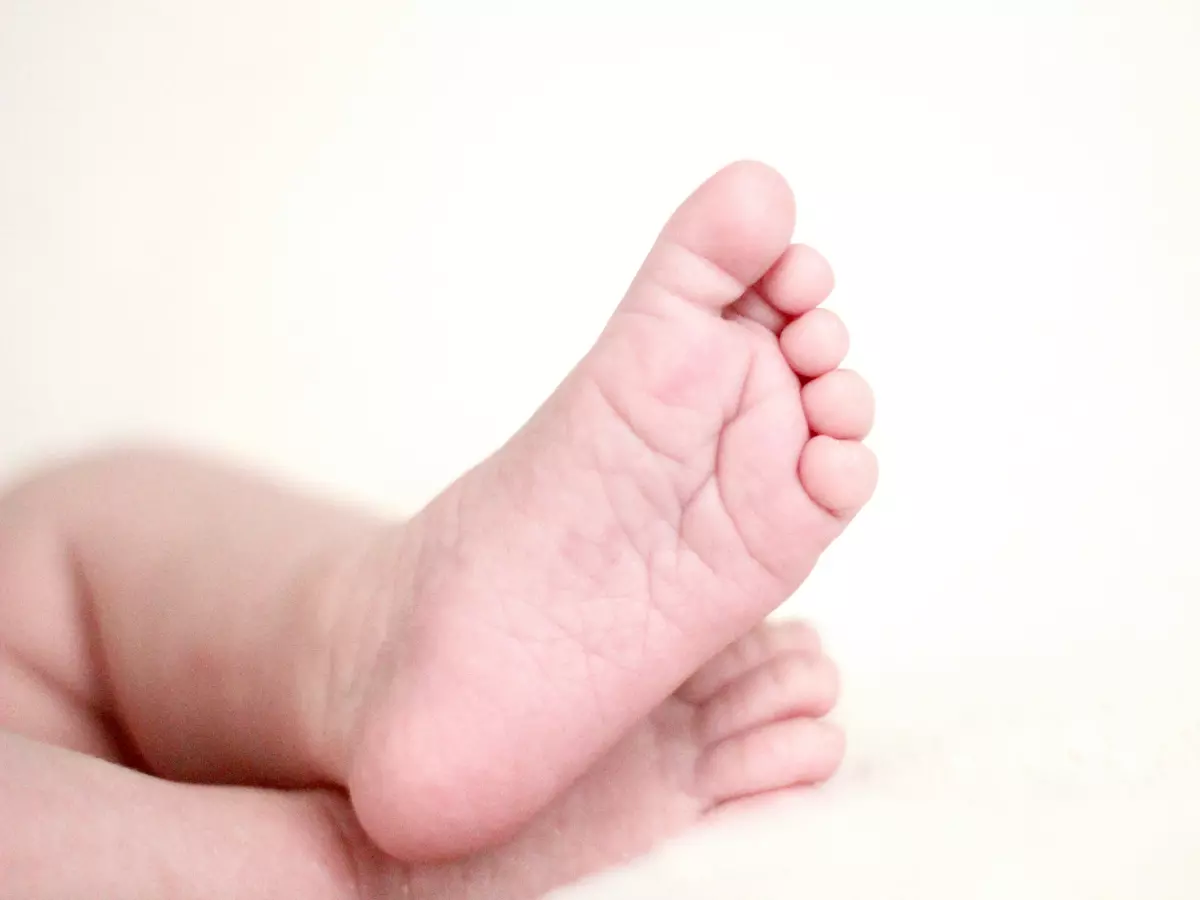Fluid Motion
Humanoid robots are mastering the art of smooth, fluid motion, but it’s no accident—it’s a symphony of sensors, algorithms, and design.

By Kevin Lee
Imagine watching a humanoid robot glide across a room, its movements so fluid and natural that you almost forget it’s a machine. There’s no jerking, no awkward pauses, just a seamless flow of motion that mimics the grace of a human dancer. You can almost hear the soft hum of its motors as it moves, each step perfectly timed, each gesture deliberate yet smooth. It’s like watching a futuristic ballet, where the performers are made of metal and circuits.
But what makes this possible? How do humanoid robots achieve such smooth, almost human-like motion? The answer lies in a complex interplay of design, sensor integration, and motion control algorithms. These robots aren’t just about looking human—they’re about moving like us, and that’s a whole different challenge.
It’s All About Balance
One of the biggest hurdles in humanoid robot design is balance. Humans have an incredible ability to maintain balance, even when walking on uneven surfaces or making sudden movements. For robots, this is no small feat. To achieve smooth motion, humanoid robots rely on a combination of gyroscopes, accelerometers, and force sensors. These sensors constantly feed data to the robot’s control system, allowing it to make real-time adjustments to its posture and movements.
Think of it like this: when you walk, your brain is constantly processing information from your inner ear (which helps with balance), your muscles, and your eyes. Humanoid robots do something similar, but instead of a brain, they have a central processing unit (CPU) that processes data from their sensors. This data is then used to adjust the robot’s motors and actuators, ensuring that it stays balanced and moves smoothly.
Motion Control Algorithms: The Secret Sauce
While sensors are crucial, they’re only part of the equation. The real magic happens in the motion control algorithms. These algorithms are like the robot’s choreography—they dictate how the robot should move based on the data it receives from its sensors. The goal is to create movements that are not only functional but also smooth and natural.
For example, when a humanoid robot walks, its motion control algorithm takes into account factors like the robot’s weight distribution, the speed of its movements, and the terrain it’s walking on. The algorithm then calculates the optimal way for the robot to move, ensuring that each step is smooth and balanced. It’s a bit like how a human athlete might adjust their stride when running on different surfaces—except the robot does it in milliseconds.
Sensor Fusion: Making Sense of the Data
Of course, having sensors and algorithms is one thing, but making sense of all that data is another. This is where sensor fusion comes into play. Sensor fusion is the process of combining data from multiple sensors to create a more accurate picture of the robot’s environment and its own movements.
For example, a humanoid robot might use data from its gyroscope to determine its orientation, while also using data from its accelerometer to measure its speed. By fusing this data together, the robot can get a more complete understanding of its movements and make more precise adjustments. This is crucial for achieving smooth motion, as it allows the robot to respond to changes in its environment in real-time.
Actuators: The Muscles of the Robot
Finally, let’s talk about actuators. If sensors are the robot’s senses and algorithms are its brain, then actuators are its muscles. Actuators are the components that actually move the robot’s limbs, and they play a crucial role in achieving smooth motion.
There are different types of actuators, but the most common ones used in humanoid robots are electric motors and hydraulic actuators. These actuators are responsible for controlling the robot’s joints, allowing it to move its arms, legs, and head. The key to smooth motion is ensuring that these actuators work in harmony with the robot’s sensors and algorithms. If the actuators are too slow or too fast, the robot’s movements will appear jerky or unnatural. But when everything is perfectly synchronized, the result is a robot that moves with the grace and fluidity of a human.
The Future of Smooth Motion
As technology continues to advance, we can expect humanoid robots to become even better at achieving smooth, natural motion. Researchers are constantly working on improving sensor integration, refining motion control algorithms, and developing more advanced actuators. The goal is to create robots that not only look human but move like us as well.
In the words of robotics expert Rodney Brooks, "The real challenge isn’t making robots that can walk—it’s making robots that can walk like us." And as humanoid robots continue to evolve, we’re getting closer to that goal every day.





